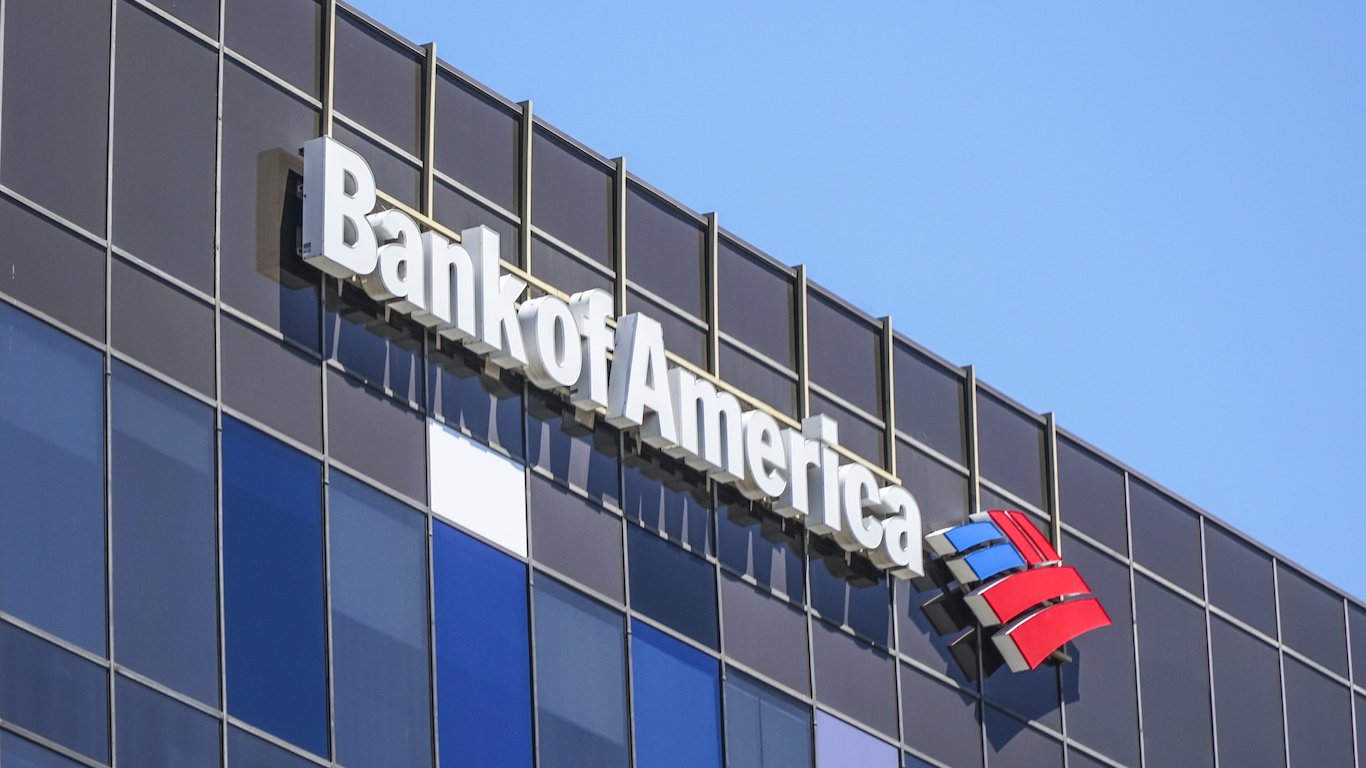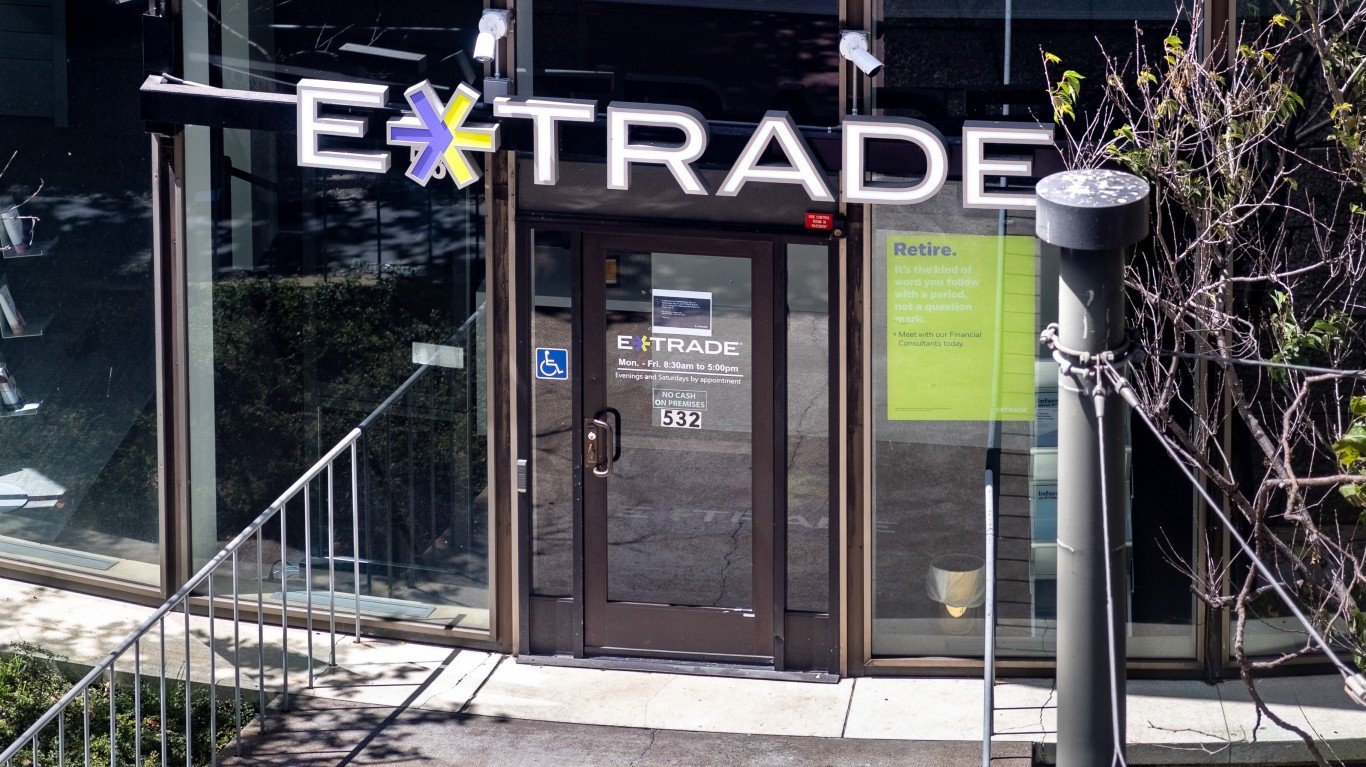

The Federal Reserve Board has extended several measures to ensure that the nation’s large banks maintain high levels of capital for an additional quarter. This move is due to continued economic uncertainty surrounding the coronavirus response. While not all the nation’s banks are currently under close scrutiny, the money center banking giants will just have to favor dividends over buybacks for the time being.
In the Fed’s extension of capital restrictions, the banks with more than $100 billion in total assets will not be allowed to conduct share repurchases for another quarter. As for dividend payment approvals, those will be capped and will be tied to a formula based on the bank’s recent income.
While the moves might have a sound of concern because of limitations on capital, the Fed’s release noted that the overall capital positions of the nation’s large banks did manage to remain strong over this past quarter while the capital restrictions were in place.
24/7 Wall St. has looked deeper into these capital restrictions and evaluated how the dividends are looking at the four top money center banks. So far, these dividends look safe, but there are still economic risks, and many politicians have called on banks to also slash or suspend dividends on top of their halted share repurchases.
As far as which banks are allowed to do what, the Fed’s annual stress test and additional analysis data were communicated back in June. At that time, and despite the plunge-depth woes of the pandemic-induced recession, the Fed’s view was that all the nation’s large banks were sufficiently capitalized.
The capital return restrictions were put in place because of added economic uncertainty. The moves also were cited to preserve the banks’ capital to act as a cushion or buffer against loan losses and to support continued lending to consumers and businesses.
Along with Wednesday’s capital restriction extension, the Federal Reserve Board announced that it plans to have a second round of stress tests to ensure the resiliency of large banks. Those results are set to be released by the end of this year.
One of the key bank dividend changes made was at Wells Fargo & Co. (NYSE: WFC). The bank’s August dividend payment had been slashed to $0.10 per share from the prior $0.51 quarterly payout. After having a past yield of more than 7%, the new yield, based on a $23.50 share price, is just 1.70%. Wells Fargo earned $4.05 in earnings per share in 2019, but earnings are supposed to be just above breakeven in 2020 and back to $2.00 per share in 2021.
JPMorgan Chase & Co. (NYSE: JPM) has recaptured the top bank status after Wells Fargo’s woes came to light in recent years. It also has $3.2 trillion in assets. JPMorgan has been allowed to maintain its $0.90 per share quarterly dividend, and its yield is about 3.7%, based on a $97.50 stock price. After earnings of $10.72 per share in 2019, they are expected to be $5.85 in 2020 and then back up at $8.73 per share in 2021.
Bank of America Corp. (NYSE: BAC) is now the preferred bank for Warren Buffett, after he started selling his Wells Fargo stock. This bank has been able to maintain its $0.18 per share quarterly dividend, and a $24.10 share price generates a dividend yield that is 2.98%. Bank of America earned $2.75 per share in 2019, and that is expected to be $1.59 per share in 2020 and $2.10 per share in 2021.
Citigroup Inc. (NYSE: C) has been able to maintain its $0.51 per share quarterly dividend as well. The international banking giant had been under capital restrictions until 2016, and it has been growing that payout until 2020. That annualized 2020 payout of $2.04 per share generates roughly a 4.7% yield, based on a $43.30 share price. Citigroup earned $8.04 per share in 2019, and that is expected to be down at $3.28 per share in 2020 and then to recover to $5.86 per share in 2021.
So far, the money center banks seem to have ample coverage for their dividends. Banks have become better at operating in a remote climate in the pandemic, and there are likely many more avenues for the banks to lower their operating costs. Now the banks just have to hope there is no double-dip in the economy and that there are no major forced economy closures in the months ahead.
Sponsored: Attention Savvy Investors: Speak to 3 Financial Experts – FREE
Ever wanted an extra set of eyes on an investment you’re considering? Now you can speak with up to 3 financial experts in your area for FREE. By simply
clicking here you can begin to match with financial professionals who can help guide you through the financial decisions you’re making. And the best part? The first conversation with them is free.
Click here to match with up to 3 financial pros who would be excited to help you make financial decisions.
Thank you for reading! Have some feedback for us?
Contact the 24/7 Wall St. editorial team.
 24/7 Wall St.
24/7 Wall St.


